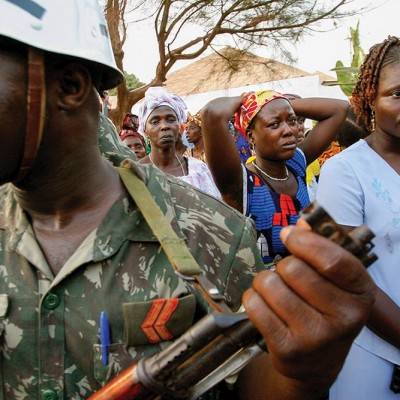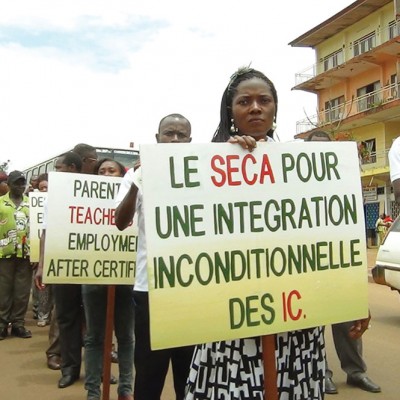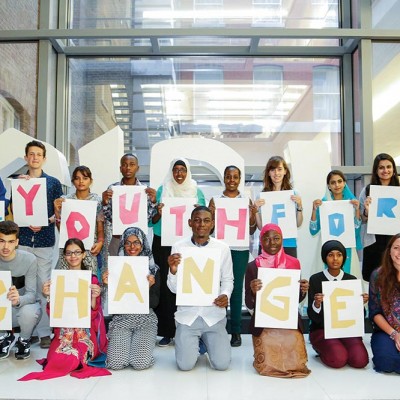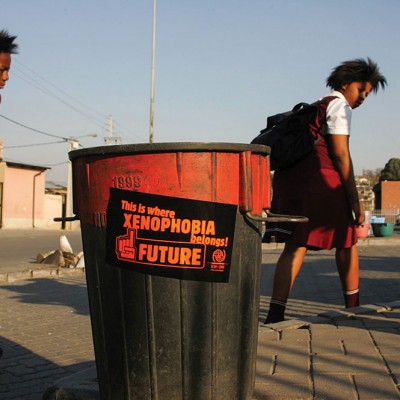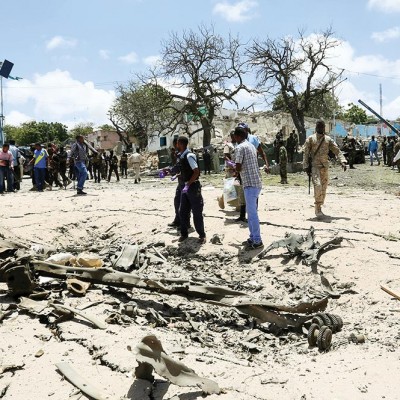Introduction
The study of justice in transition has emerged as a central focus of scholars, practitioners and policymakers.1 This is compounded by a general understanding within the transitional justice debate that after mass atrocities have occurred, justice has to be restored to those who were denied it during periods of volatility. Notwithstanding that the concept of justice is nebulous and highly contested, both in scholarship and in practice, and between the “collective and the individual”, “reclaiming the lost and righting the wrongs” remains a critical process in societies emerging from mass violence.2 Yet there is consensus within the transitional justice field that “justice is the foundation on which every society is built”.3
This article delineates some of the dilemmas that societies in transition face in accessing justice after conflict. The underlying argument is that justice must be understood from the perspective of the victims. Since justice has many facets, an alternative, holistic and integrated approach to conceptualising access to justice, informed by the lived experiences of victims in transitional contexts, becomes peremptory. This article emphasises the urgent need for bespoke access to justice solutions for societies in transition, which are greatly opposed to the regular Western and Eurocentric models. Justice in transition can be understood as the way in which post-conflict societies select, engage (or not) with processes and practices of repair, recovery, coexistence and reconstruction in an attempt to achieve outcomes that are of value in their everyday lives.4
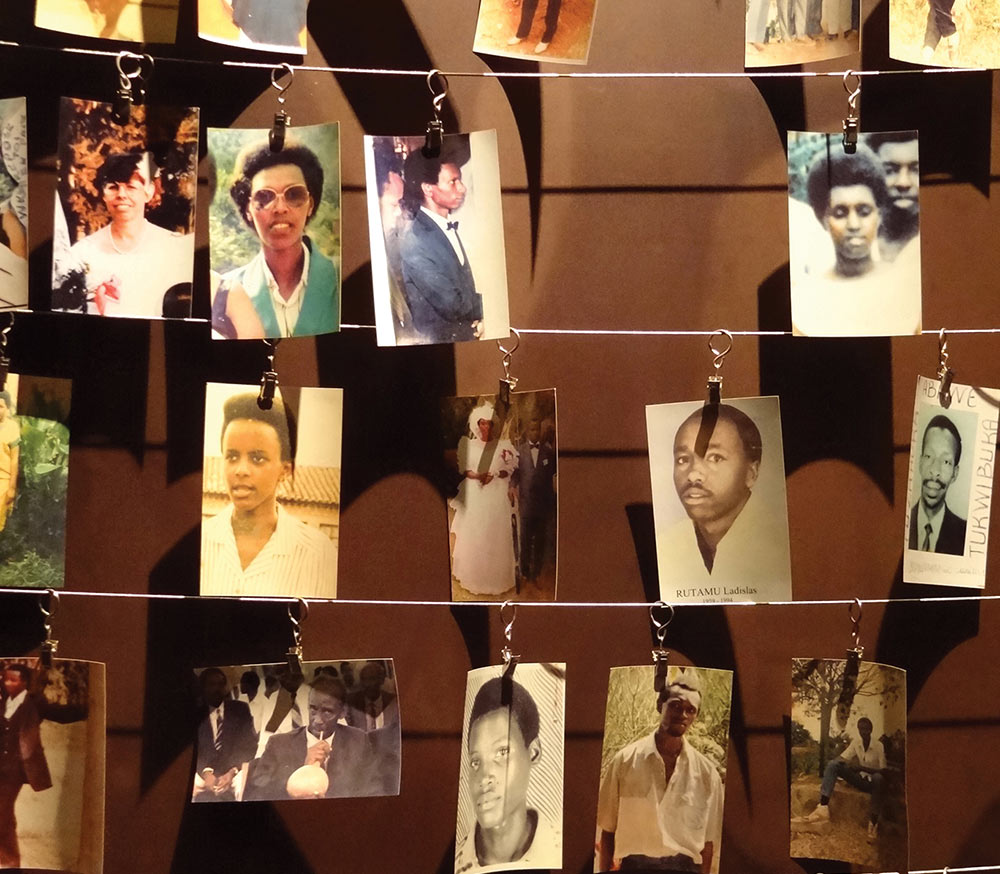
Accessing Justice after Atrocity: Key Dilemmas
In many societies emerging from mass violence and repression, conceptualising justice and ensuring meaningful access to it remains one of the key challenges. In the last four decades or so, interventions by the international community have focused on building courts, writing laws, prosecuting perpetrators of violence, supporting human rights defenders and promoting the rule of law.5 The International Criminal Tribunals of Rwanda and Yugoslavia; hybrid courts in Sierra Leone and Cambodia; the Court of Bosnia and Herzegovina (CBiH); and the United Nations Development Programme’s (UNDP) Access to Justice and Rule of Law programmes in the Democratic Republic of the Congo (DRC), Sudan, Chad, Mali and elsewhere provide succinct examples of this approach. This approach has been accompanied by a propagation of “one-size-fits-all tool-kits”, designed by international and/or externally supplied experts with very little contextual resonance.6 Ironically, despite a promulgation of these state-centred, top-down, prescriptive and bureaucratised processes, many post-conflict societies have struggled with responding to the multifaceted dimensions of justice in transition, particularly its access within victim communities.7 Justice is often narrowly conceived and limited to the legal sphere, and addressed in skewed, partial and piecemeal terms. This ultimately represents severe philosophical and conceptual shortcomings by transitional justice scholars, policymakers and practitioners. Victims’ own peculiar understanding of justice is rarely recognised, let alone respected. It is often side-lined and subsumed by existing international norms and standards. If the conceptualisation of justice is this problematic, then accessing that which is elusive and intangible presents no fewer dilemmas. Yet, there is consensus that accessing justice after violent conflict remains a hallmark of civilised society.
Access to justice is defined as “the ability of people to seek and obtain a remedy through formal or informal institutions of justice, and in conformity with human rights standards”.8 As a basic tenet of the rule of law, Italian jurist Mauro Cappelletti defined it as “the most basic requirement, the most basic human right, of a system which purports to guarantee legal rights”.9 Emerging from this definition is a legal dimension premised on the fundamental principle of equality before the law, situated within the human rights discourse. It denotes that state legal systems must be organised to ensure that every person can invoke the “legal processes for legal redress irrespective of social and economic capacity and that every person should receive just and fair treatment within the legal system”.10 Put simply, access to justice refers to the equity that those from differing backgrounds are able to gain from the justice delivery system.
While this understanding resonates very well with stable democracies, conceptualising access in the context of societies in transition calls for a much wider and nuanced appreciation that expands narrow and legalistic notions. Such evolution is necessary, given that existing definitions of access to justice fail to take into account the impact of socio-economic, political and cultural conditions that hinder claims to use dispute resolution institutions and processes effectively. In fact, the concept should not only be defined in terms of the functioning of the dispute resolution machinery (courts, tribunals and other institutions) in its interface with those who seek its services, but within the specific contextual realities of the victims and how they understand and seek redress and repair after atrocity. Lessons from countries such as South Africa, Sierra Leone, Rwanda and, most recently, Chad, engender the argument that justice in transition must address the injustices of the past by ensuring that victims access justice in its broadest forms. In other words, access to socio-economic, legal and political justice must be prioritised. In the absence of this, it will be a scenario analogous to justice delayed being justice denied.

The concept of access to justice has also attracted global attention. The UNDP has developed a global set of programmes, entitled Access to Justice and the Rule of Law, arguing that these two focus areas can “spur economic growth and help create a safe and secure environment for recovery in the aftermath of conflict and disaster”.11 Oftentimes, the starting point in any transition is where the rule of law is either absent or degraded – and the end goal is one in which the law plays its role in a functioning liberal democratic state. The degrading of the rule of law in situations of conflict presupposes that in “sociological and socio-legal terms, there is likely to be a loss or absence of legitimacy (including that of legal institutions) within communities at the sharp end of the conflict”.12 The resulting crisis of legitimacy suggests that in transitional societies, the law must be both the object and subject of change. It must simultaneously produce change and be changed itself. Therefore, re-establishing the rule of law is now regarded as a prerequisite for the emergence of stable and peaceful societies, and justice packages are frequently part of the negotiated peace settlements. A clear link therefore exists between the need for accountability after atrocity and the re-establishment of the rule of law.
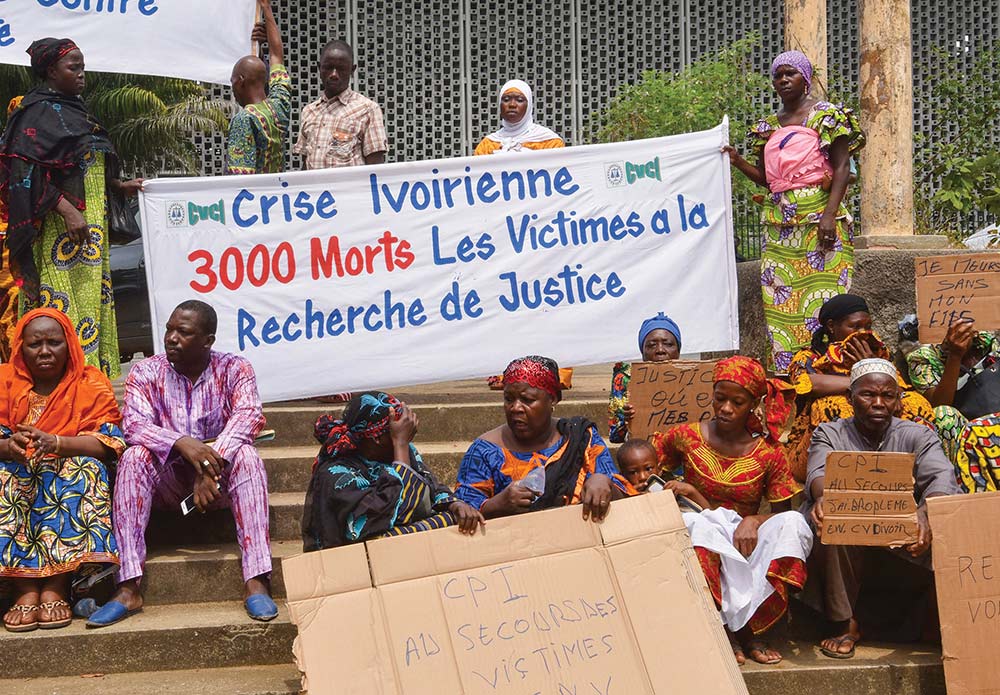
However, a major challenge to the re-establishment of the rule of law after severe conflict is a compromised judiciary that may have sanctioned some of the atrocities by insulating perpetrators, particularly the elite. It is indisputable that the abuse of human rights is usually accompanied by a weak judiciary comprised of politically biased or intimidated judges, which invariably affects the functioning of the court system. Further, it can be argued that the challenges associated with transitions go well beyond the malfunctioning of the court system. More often than not, thousands of victims will be in need of redress. Therefore, demands for trials, reparations and so on can overwhelm even the most sophisticated judicial system.13 Despite the presence of well-oiled judicial mechanisms, conditions such as poverty, illiteracy and geographical location have an inevitable impact on the ability to access – let alone use – these systems. Therefore, justice must also be defined in a framework that encompasses the many ways in which access is denied “either through spatial, temporal, linguistic, social or symbolic barriers”.14
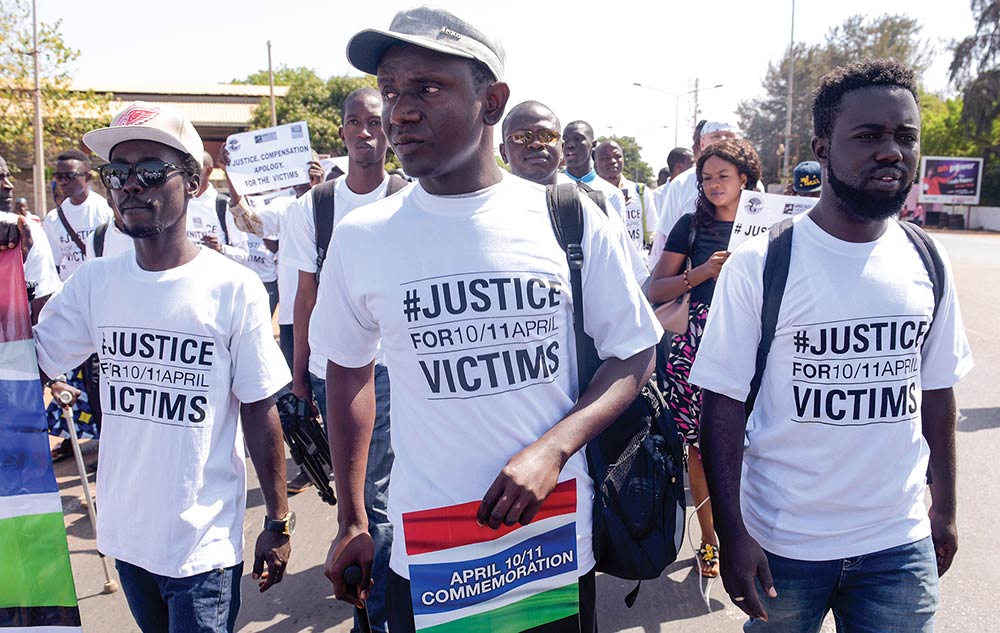
Since access to justice through formal mechanisms (courts, tribunals and so on) is usually the focus in post-conflict settings, it is also essential to assess means for ensuring the functioning of complementary and less formal mechanisms. Whilst formal systems are an important component for victims accessing justice after conflict, the need for a better understanding of the sociopolitical dynamics in which these systems are situated is important. Essentially, the existence of formal systems is not a sine qua non for access to justice for victims. Therefore, it must be acknowledged that the establishment of well-functioning formal justice structures which are recognised by the population is still a challenge for societies in transition. Notwithstanding that informal justice models are the primary focus of dispute resolution in the emerging discourse in post-violent societies, their lack of recognition by international actors remains astounding. This is premised on the assumption that alternative paradigms of justice are desirable only to the “extent that they offer accessible and restorative remedies in ways that do not contravene international standards of rule of law and human rights”.15 Perhaps the biggest promotion of the idea that informal justice should be an integral component of justice reform strategies, due to their greater accessibility and their reflection of the local norms and conceptions of justice, was achieved by the UN in its report on post-conflict rule of law in 2004.16 In this report, the UN argued, among other things, that justice institutions and processes designed after conflict must be a reflection of the fundamental inequalities in the transitioning society. It is essential to locate justice within the broader social change process. This underscores the important point that access to justice in many transitional societies must be understood from the perspective of the victims. This point is premised on the notion that in many ways, the presence of functional and formal – and even informal – systems may not enrich the discourse on access to justice in the absence of a victim-focused approach.
One of the fundamental challenges with ensuring justice in transition is that the processes and interventions which are proposed and eventually adopted are often dominated by Western, liberal democratic frameworks and toolkits. As alluded to previously, these have tended to be top-down, often elitist, patently legalistic, state-centric in nature and externally driven. In most cases, these have had challenges of national ownership – particularly the hybrid institutions in East Timor, Sierra Leone and Cambodia – especially around two key issues: first, who bears the ultimate responsibility for the proper functioning of the courts between the partners in the tribunal government and UN administration, and second, how do locals participate in the judicial process so that they derive meaning from them? Invariably, the second issue is more important for victims, because it inevitably responds to their needs, aspirations and interests after violent conflict. Interestingly, these top-down approaches have been criticised for relegating the locals as victims to be emancipated and the perpetrators as prosecutable entities, whose contribution to the reconstruction of their future remains at the mercy of the international community. This only serves to reflect that Western-oriented approaches to achieve justice usually take precedence over local justice initiatives following mass violence. Essentially, such a concept of justice is often detached from people’s lived realities, and hence it contributes little to restoring their shattered past and their quest for rebuilding their future.
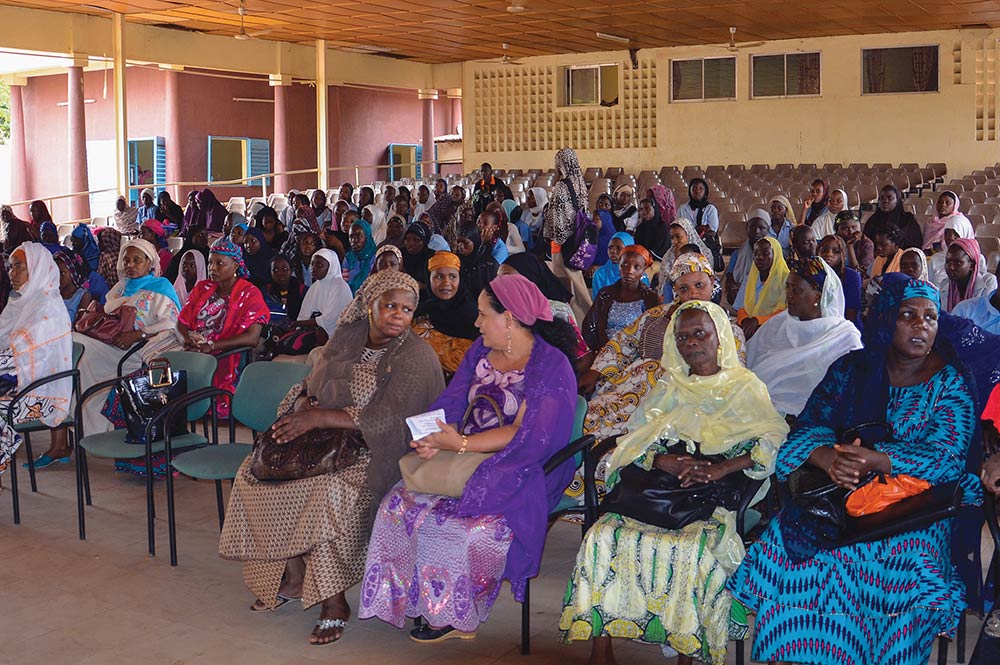
The fact that victims are a central part of the justice in transition intervention is never in doubt. Studies have shown that there is a broad interest in the workings of transitional justice on the ground in communities that have been affected by violent conflict. Yet, in many societies in transition, justice continues to be viewed and implemented in a very narrow and legalistic sense, within courts and formal institutions that are distant from the people who require it the most. In addition, structures and processes designed to ensure that victims can access justice are often under-resourced, both in terms of personnel and financially, and they rarely achieve a fraction of their mandate. This clearly demonstrates a lack of appreciation of the complexities in understanding victims’ predicaments and how they understand and interpret justice. For example, in the last 22 years, South Africa has indeed struggled to reverse the exigencies of apartheid. Inequality, ongoing racism, marginalisation, chronic housing shortages, poor education and other social services feature prominently as ongoing challenges for the country in 2017. Therefore, it is apparent that these are the broader issues of justice which characterised South Africa’s period of transition since 1994. Essentially, this challenging picture, if juxtaposed with the achievements of the country’s model Truth and Reconciliation Commission (TRC), the conception of justice-in-transition and the concomitant processes of access must emerge as the central focus of policymakers.
Justice in transition is usually based on who engenders and controls change within transitional societies, because power relations and the legitimation of dominant interests characterise post-conflict settings. With this dynamic, the question of justice and accessing it becomes heavily challenged. Therefore, strategies that create spaces for people to determine, shape and develop their conceptualisation of access to justice, and how these play out in post-conflict settings, are important. Geographical location, poverty, illiteracy and the costs of adjudication normally confront disadvantaged groups in post-conflict settings. In many cases, women, children and other marginalised ethnic communities are excluded because institutions are remote, slow and unaffordable, or because they are biased and discriminatory. Despite women being at the receiving end of most of the atrocities, their exclusion from the negotiating table remains an issue of major concern. In most cases, the peace processes thus agreed upon are typically deeply gendered, raising questions about the neutrality of the transitional justice process. Studies have also shown that the exclusion of women leads to a male conceptualisation of conflict revolving around power and territory, as well as stopping certain forms of violence at the expense of those that mostly affect women.17 Inevitably, women’s access to justice after atrocities has been framed largely around formal justice systems, premised within male-dominated, state-building frameworks that are largely exclusionary and gender insensitive. This is further buttressed by Jeffrey and Jakala, who state that “the exclusion of women from decision-making bodies and absence of victim’s voice from the judicial process, plays a role in the marginalisation of individuals on the basis of wealth, gender or geographical location”.18 It can therefore be concluded that in post-violence settings, marginalised groups, such as women and other minorities, suffer immense challenges in accessing justice.
Conclusion
Indeed, there is a realisation that both conceptually and operationally, the justice enterprise needs rethinking. Essentially, the inclusion of participatory and inclusive processes in the design and implementation of access to justice mechanisms remains integral. This must be underpinned by realistic goals, objectives and expectations. It may also mean the development of a more sophisticated understanding of the relationship between the past, present and future, and between continuity and change in post-conflict settings – and how that interfaces with access to justice by victims. Such a reconfiguration will invariably have a residual effect of empowering victims. There is a further need for practitioners and scholars alike to think innovatively outside the prevailing transitional justice box to develop strategies that create spaces for people to determine, shape and develop access to justice solutions for themselves. Conceptualising the contours of transition-specific justice is a formidable task, and may be a far more ambitious project than has been understood by academia and policy commentators. Therefore, the approach to access – particularly in transitional societies – must be comprehensive in its attention to all interdependent institutions, sensitive to the needs of key groups, and mindful of the complementarity between transitional justice mechanisms.
Endnotes
- McEvoy, Kieran and McGregor, Lorna (2008) Transitional Justice from Below: Grassroots Activism and the Struggle for Change. Oxford: Hart.
- Hoogenboom, David (2011) Examining the Visions of Transitional Justice. Paper prepared for the annual meeting of the Canadian Political Science Association, Waterloo, 16 May 2011.
- Jeffrey, Alex and Jakala, Michaelina (2015) Using Courts to Build States: The Competing Spaces of Citizenship in Transitional Justice Programmes. Political Geography, 47 (July 2015), pp. 43-52, D01.10.1016/J.polgeo.2015.02.001.
- Loyle, Cyanne E. and Davenport, Christian (2016) Transitional Injustice: Subverting Justice in Transition and Postconflict Societies. Journal of Human Rights, 15 (1), pp. 126-149, DOI: 10.1080/14754835.2015.1052897.
- Lundy, Patricia and McGovern, Mark (2008) Whose Justice? Rethinking Transitional Justice from the Bottom Up. Journal of Law and Society, 35 (2), pp. 265-292.
- Rubli, Sandra (2012) Transitional Justice: Justice by Bureaucratic Means? Working Paper Swisspeace, 4, pp. 1-19.
- Powell, Derek (2010) The Role of Constitution Making and Institution Building in Furthering Peace, Justice and Development: South Africa’s Democratic Transition. International Journal of Transitional Justice, 4 (2), pp. 230-250.
- Cissé, Hassane et al (2012) The World Bank Legal Review: Legal Innovation and Empowerment for Development. New York: World Bank Publications.
- Robins, Simon and Wilson, Erik (2015) Participatory Methodologies with Victims: An Emancipatory Approach to Transitional Justice Research. Canadian Journal of Law and Society, 30 (2), pp. 219-236.
- Nyenti, Mathias (2013) Access to Justice in the South African Social Security System: Towards a conceptual Approach. De Jure, pp. 901-916.
- Jeffrey, Alex and Jakala, Michaelina (2015) op. cit.
- Bell, Christine, Campbell, Colm and Ní Aoláin, Fionnuala (2004) Justice Discourses in Transition. Social and Legal Studies, 13 (3), pp. 305-328.
- Hayner, Priscilla (2001) Unspeakable Truths: Transitional Justice and the Challenge of Truth Commissions. New York: Routledge.
- Nyenti, Mathias (2013) op. cit.
- Chopra, Tanja (2012) Access to Justice and Legal Pluralism in Fragile States: The Case of Women’s Rights. Hague Journal on the Rule of Law, 4 (2), pp. 337-358.
- United Nations Security Council (2004) ‘The Rule of Law and Transitional Justice in Conflict and Post-conflict Societies’, S/2004/616, Available at: <http://www.ipu.org/splz-e/unga07/law.pdf> [Accessed 26 May 2017].
- Cobban, Helena (2003) ‘Healing Rwanda. Can International Court Deliver Justice?’, Available at: <www.bostonreview.net/BR28.6/cobban.html>
- Jeffrey, Alex and Jakala, Michaelina (2015) op. cit.



